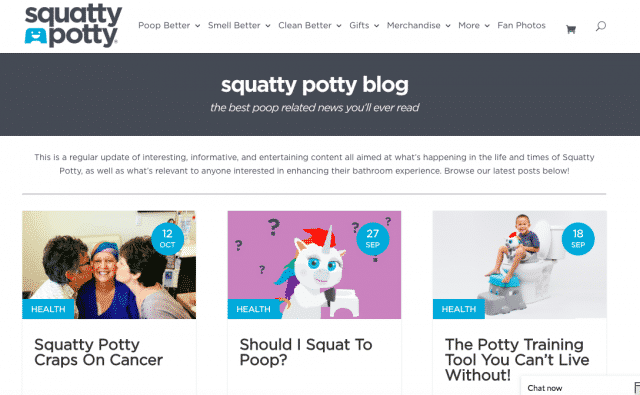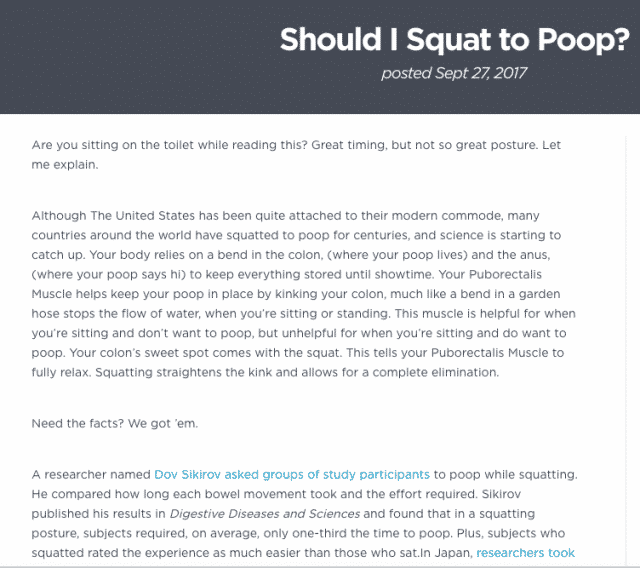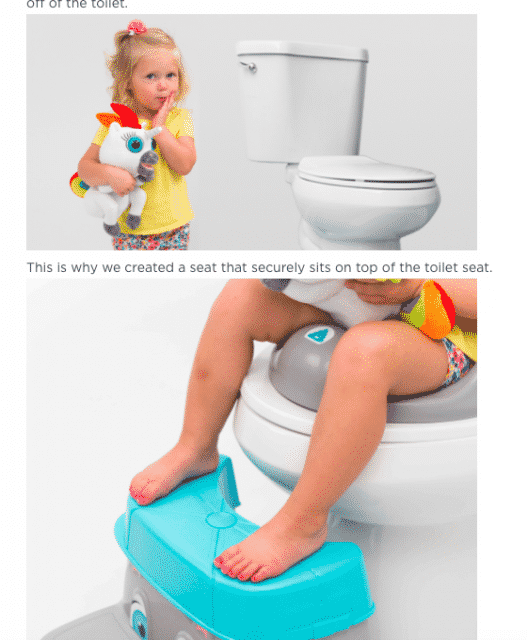Focusing on optimizing your website and blog content for SEO means getting caught up in all of the details. You think about everything on the front-end and back-end of your site, from keywords to meta data, how a piece of content reads and more.
What you need to think about more than anything else is what everyone will actually see, the front-end work: quality content.
The emergence and changing nature of SEO has revolutionized the web and digital strategy, but don’t let it distract you from the bigger picture. No matter what, you still need relevant, compelling content your audience will eat up, and then come back for seconds.
Your well-written web copy isn’t just for show. Search engines actually favor quality content that makes sense for users. Writing better, more interesting things, will help you improve your rankings and increase traffic to your site.
It can be a bit of a balancing act, but you can accomplish it all. Your site can appeal to your audience, giving them exactly what they want to read, while also integrating the right keywords and SEO tactics to help you reach your business goals.
Let’s talk about how to do it.
Reel ‘Em In with Your Headline
We begin where everyone does, with your headlines. If you don’t have a good headline, well, you’re dead in the water. Why would anyone read on, or click through, without some good fresh bait?
According to David Ogilvy, five times as many people read the headline as the body copy. It’s your first impression, and sometimes, your only impression.
A strong headline is clear, makes it obvious what’s coming next, and doesn’t use highly technical or overly long words. Shorter words are usually better in headlines, as they’re easier to understand and make for punchier headlines.
Plus, shorter words make for tighter headlines, which are better for SEO (under 72 characters is the optimal length).
Speaking of headline length, aim for 6-9 words if your readers are familiar with the upcoming content, and 10-16 if it’s brand new territory.
Make sure to wisely integrate your most prominent keyword or two for that page or article, and for its target audience, but don’t overstuff your headline. You’ll have a chance to use more keywords in the page copy itself.
Also, when writing blog content, use numbers in your headlines whenever possible. As the authors of BuzzFeed listicles know very well, numbers bring click-throughs.
Don’t forget to write a good subhead, too. It’ll show up in your rich snippet on search results pages, and it’ll help draw in more readers by providing that extra bit of context.
Be Real, But Do Watch Your Tone
Here’s one that can be easy to overlook when you’re knee-deep in SEO: talking like a person. Yes, keywords matter, but your tone matters, too.
You can use a friendly, conversational writing style that feels relatable and authentic, no matter what your subject matter or audience. Even with highly professional or technical readers, an informal tone is easier to read and understand.
One of the simplest ways to do this is to write in the present tense. Sounds obvious, right? You might be surprised how few websites do this.
Writing in past tense distances your readers from your content, whereas present tense creates a relationship with them in the here and now.
You also want to avoid overly used phrases and cliches that make you sound inauthentic. Instead, write like you’re talking to a friend, telling them exactly what you want them to know.
Just like with headlines, stay away from overly technical and sophisticated language that makes your content harder to understand. Not sure if your writing is overly complicated? There are a bunch of free tools that calculate the grade level of your content.
Some tools let you copy and paste in content before it’s on your site, and others will check existing pages. In most cases, you want to aim for an eighth grade level for optimal reading comprehension.
Tell a Story
The most interesting websites and blog articles create narrative threads people want to read from start to finish. So make sure you’re telling the right stories that draw readers in.
First, make sure you use a basic story structure, which will guide your audience through everything you write. Even if you’re not telling a traditional story, your content can have a beginning, middle, and end.
You never want to dive right into the meat of your content without properly introducing it, nor do you want to leave readers without a real conclusion.
Your intro should be very clear, but it should also entice people to read more. Your job here is to make sure that by the end of your intro section, readers feel like they will something major if they don’t read more.
From there, you have your chance to use a bounty of keyword-rich content through lots of narrative devices.
Talking about a product? Use testimonials from actual customers. Explaining how a new technology works? Add examples of images with captions. Images and videos are incredibly powerful and help your readers visualize what you’re telling them.
Make Everything Scannable
In the web usability book, Don’t Make Me Think, author Steve Krug says that people don’t read, they scan. In a distraction-heavy world, long-form essays are out, and easy to scan content is in.
Formatting is important, and so is content that fits into a scannable format. This is why articles built around lists are so popular (and why, as we said earlier, headlines with numbers are so successful).
When you’re sitting down to write, think about how you can change from lengthy paragraphs to a format that’s easier to scan.
Lists are great because they act as subheads, which people can quickly scan through to find what they need. You can also use unnumbered subheads to split up long chunks of words and make each subsection of your content more digestible.
You also want to break up long blocks of text with bulleted lists. And, don’t forget your links!
Embedding both inbound and relevant outbound links in your content not only enriches your story and helps your SEO, it also gives the reader several stopping points and opportunities to click further toward their goal.
Call-out boxes and right rail content on a page can also help with scannability, and they’re good places to add related content and media, like slideshows and videos.
Lastly, use bold formatting on any portions of text you want to really stand out so no one misses it. Just don’t overdo it.
Wrapping Up
There are so many ways to write web content that’s really engaging, informative, and easy to read, while also being SEO friendly. Keep these strategies in mind, and you’ll watch rankings and click-through rates rise.
Now tell us, how else have you make your web content more compelling?



